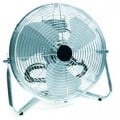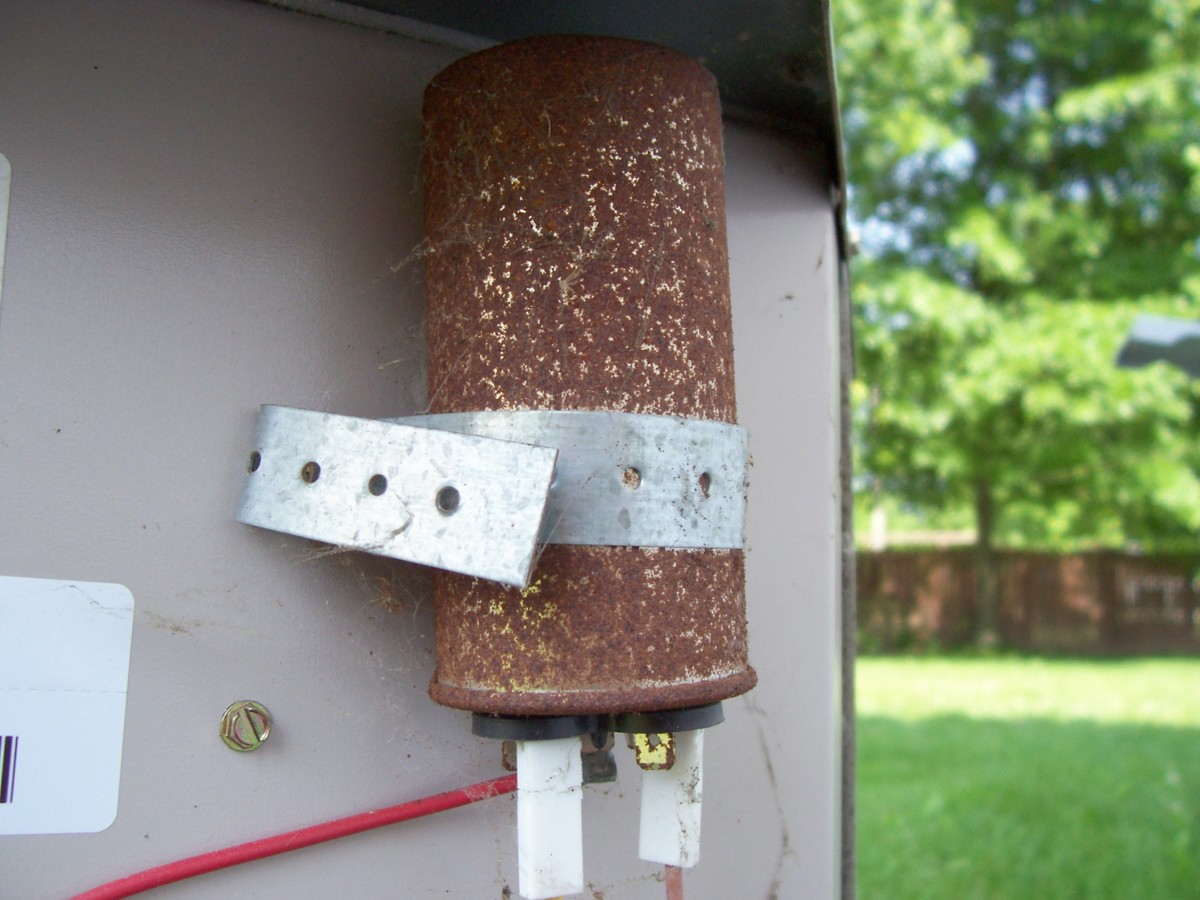Save Money on Air Conditioning: Save Money on Heating Bills
Save Money on Air Conditioning: Save Money on Heating Bills
Cut electric bills, and save money on energy! This free website and its links could save you over a thousand dollars this month. Save Money on Air Conditioning: Save Money on Heating Bills does not try to sell useless information that doesn’t work. It does not try to sell information about saving money that’s already available for free. This free website does include time-tested tips to help you save your hard-earned money each and every day. If you want to save money on energy, you’ve come to the right place.
Save Money on Air Conditioning and Heating Bills
Save Money on Air Conditioning: Save Money on Heating Bills
- A home energy audit almost always identifies ways to save money. Ask your electric or gas utility company if they audit homes. If they do not do energy audits, ask them to refer you to a qualified professional.
- Enrolling in a load management program or an off-hour rate program may save you up to $100 a year in electricity costs. Call your electric utility company for possible information about these cost-saving programs.
- Use a programable thermostat. By programming your thermostat to automatically reduce heating and cooling requirements when you're away or asleep, you can slash your heating and cooling bills by as much as ten percent. Do you really need to keep your home at the perfect temperature when you're not even there?
- Plant deciduous trees on the south side of your home, the side that receives the most sunlight. The trees will block the sun's rays in the summer, cooling your home. In the winter, when your home needs those cooling rays, the trees will lose their leaves. This will allow all of that warming heat to enter your home. By simply planting deciduous trees on the south side of your home, you can conserve energy and save up to twenty percent of all heating and cooling costs!
- Change your air filter regularly, typically every two or three months. This alone can conserve a lot of energy and save money, ten to twenty percent.
- Seal your heating and cooling ducts. Many installers do a poor job making sure your ducts are sealed properly. These ducts are often found in your attic or crawl space. When I checked on mine, I found that the duct wasn't even attached to one of the registers in my home. I was heating and cooling my attic for the first two years I owned my home. This probably cost me twenty percent of my entire heating and cooling bill!
Fuel Cost Comparison
There are many ways to heat a home and a lot of different fuels to use. This link will take you to a calculator that will estimate the cost associated with each type of fuel. This free website provides a calculator that compares the actual cost to heat with corn pellets, oil, natural gas, and electricity.
Energy Star Cost Calculators
This free site helps you determine the actual value of an Energy Star heater/cooler versus a standard unit. The site compares heaters, air conditioners, heat pumps, boilers, geothermal heat pumps, and room air conditioners. In order to use this free tool, you'll need to know how much the fuel costs you, the cost of the unit, and the cooling or heating capacity of the unit. This site is useful for both residential and commercial applicaions.
Save Money by Insulating
When you insulate, you save money. An uninsulated or poorly insulated home uses at least 15 to 20 percent more energy to heat and cool. With heating and cooling costs so high, it doesn't take long to pay back the cost of insulating these homes. As a general rule, most homes that are twenty years old or older need additional insulating, unless they've already been upgraded.
Each insulating material insulates at a different level. The higher the R-value, the better the insulator. Each of these insulators is measured based on the R-value per inch.
Cellulose loose-fill (blown-in)
3.2–3.8
Expanded polystyrene
5.0
Expanded polystyrene (molded)
3.85–4.35
Fiberboard sheathing
1.32
Fiberglass loose-fill (blown-in)
2.2–4.0
Perlite loose-fill (poured)
2.7
Polyisocyanurate board (unfaced)
5.8–6.2
Polyisocyanurate board
Rock wool loose-fill (blown-in)
2.9–3.6
Sprayed polyurethane foam
6.0–7.3
Vermiculite loose-fill (poured)
2.27
7.1–8.7
Save Money: Window Insulator Kits
Save Money by Insulating
Insulate to Save Energy
Do you think your home is well insulated? According to a recent Harvard study, 46 million homes in America are poorly insulated. Many of the homes that failed in the study were only 5 or 10 years old. In another study, only about 20% of homes built prior to 1980 were found to be well insulated. Remember that your heating and cooling costs consume between 50-70% of your entire utility costs! If you want to save money on air conditioning and heating bills, read on.
- Seal the obvious leaks. Most homes have a lot of air leaks. Studies suggest that the average home has air leaks that equal a 10 square foot hole! The way to find these leaks is simple. Hold a candle to each window, outlet, door, and any other area you suspect. If the flame flickers, you have a leak. Each leak should be sealed. Foam gaskets can be used to insulate outlets. Exterior caulking can be used around windows. Masonry sealants can be used to seal minor cracks in bricks. If in doubt, consult your local hardware store for additional products that are intended to seal and insulate.
- Insulate your attic. I do not recommend trying this yourself for two reasons. The first is obvious. It's a difficult and sometimes dangerous task. The second reason I don't recommend this might surprise you. You'll probably spend more money doing the work yourself than you would if you hired an expert. I recently upgraded the R-value of my attic. When I priced it out, I found that hiring an expert was cheaper, to the tune of almost $500, than it would have been to buy the insulation and do the job myself. The reason is simple. The insulation is expensive, and the company I hired was able to purchase the material cheaper than I ever could. The job was finished in two hours, I was able to get a receipt and deduct a portion of the insulation on my taxes, and I didn't have to do a thing.
- Have your furnace, air conditioner, heat pump or whatever you use to heat and cool your home serviced.An inefficient unit uses more energy. It may cost you money to do this, but in the long run, it will probably save you money. This is especially true of units that haven't been serviced in years. In addition, servicing the unit may also help protect your greatest investment, your home. Older units can catch fire, and an expert will be able to detect any problems.
- Fix your ductwork. I recently noticed that one of my rooms wasn't cooling or heating properly. When I inspected the ductwork to that room, I noticed that it had literally fallen apart. Nothing was heating or cooling the room at all! All the heat was pouring into the attic. According to a recent study by the U.S. Department of Energy, the average home with central heating loses 60% of all heated or cooled air before it even reaches your home if the ductwork is not well insulated and connected! My ductwork is well insulated, but the connection fell apart. Older homes often have metal ductwork that is uninsulated. Upgrade and repair any ductwork that is inefficient, and you'll save a bundle.
- Upgrade or face windows. Double and triple paned windows insulate better. If you live in an older home, you don't necessarily have to upgrade windows though. You can use a window insulator kit or plastic. Both the kit and the plastic look bad, but by facing the outside of your window with either of these, you increase your insulation.
- Use your fan in both the winter and the summer. Your fan should be rotating clockwise in the winter and counterclockwise in the summer. Remember that hot air rises. By forcing that hot air down in the winter, you make the room warmer. Reversing the blades, counterclockwise in the summer, has a similar effect, making the room feel cooler.
- Insulate other areas too. Many homes have basements and crawl spaces. If your home has either of these, you should consider insulating your floors, basement, and crawl spaces too.











